Naiad boats are the playthings of billionaire sheiks and sultans, and workhorses for the likes of the Tactical Response Group and remote wilderness tour operators. None of these are the kind of customers you want a call from in the dark of night saying something on the boat has gone wrong. Thankfully, boat builder Rob Kirby from Kirby Marine in Western Australia knows his craft. The Captain’s crew heads west to meet one of the best in the business.
Rob Kirby had an almost literal baptism of fire into the wonderful world of RIBs. It was 20 years ago when a posse of wealthy Saudis saw Rob was pretty handy with a TIG welder. They wanted an aluminium boat with an inflatable collar for “hostile boarding” in the Arabian Gulf. The Captain figures that means if you drifted too close to their oilrigs, scary dudes with high-powered automatic rifles would swiftly board your boat and kick your teeth in with their well-polished black boots.
Rob didn’t have too much experience with collared boats at that stage, but he did what all great visionaries do — he asked the internet. There he found a company in New Zealand called Naiad, pronounced, “nigh-add”. After initially refusing to supply the collars, they offered Rob the chance to build Naiad boats under licence. Rob initially refused, on the grounds that: “we build real boats over here in WA, not blow-up ones”. You see, up until this point, Rob had earned a good reputation for building commercial ferries and lobster boats, and he reckoned he was pissing all that kudos down the drain by building blow-up boats. “I didn’t think it was a concept that would take off,” he says. “I didn’t reckon there was a practical application for the boat — but I was wrong.”
So eventually a deal was struck and Kirby Marine began building a boat under licence. The new Naiad performed so well, Rob built another one. The next one was a 6.8m model called Spare Rib that blew his socks off. (Captain’s note: This could well be true as when we meet Rob he’s wearing a moon boot after coming off a monstrous wave and cracking a bone in his foot.) By now, Rob had the Naiad bug bad. “We were always looking for something with that X factor,” he says. “We tried monohulls, cats, multihulls and cathedral hulls. The Naiad was the first time we’d put something in the water that had exceeded my expectations.” There was now no turning back for Kirby Marine Naiads. “There were RIBs here already — Gemini, Zodiac, Rayglass Protectors — but the Naiads were just that little bit different, they were more commercially orientated,” Rob says. “What has evolved is a concept other boats just can’t beat. All of a sudden, what we thought we needed in a boat changed. We found we were doing things we never thought possible.”
HOT UNDER THE COLLAR
A couple of innovations along the way have helped overcome the negative stigma traditionally associated with RIBs. The first was the development of a foam-cored D-collar rather than traditional round inflatable collar, which has the downside of deflating or popping a chamber, limiting the performance of the vessel. Rob says the D-collar can’t be punctured. In rare cases it can be damaged, but it won’t be a showstopper. “It’s a no-brainer — 90 per cent of what we’re doing is foam-cored collar now,” Rob says.
The other innovation was the development of the solid internal freeboard (effectively the straight edge of the D-collar), giving a similar internal feel to a traditional boat. The top of the D-section sits higher than the collar, and rod holders can be mounted. It gives the Naiad a traditional fishing boat feel, but with the upside of a collar. The hull structure is rock-solid, as you’d expect with Rob’s commercial background. “We’ve never had a failure below decks,” he says. “It didn’t matter how hard the boat was driven. That’s despite them being blown up, rolled over and hitting reefs at high speed.” All hulls sit at 23 degrees (22 degrees for jet boats) at the transom. The hulls are foam-filled, with the deck typically an inch above the waterline. Rob says this significantly reduces motion — “and wear and tear on the operators”.
JET BOAT HULL VS OUTBOARD HULL
Rob says the hull of a jet boat needs to be different because the line of thrust for a jet is above the line of resistance. The line of thrust for an outboard is below the line of resistance and you get a very different ride characteristic when it’s underway. Confused? The Captain was, so we asked Rob for a visual explanation. See below.
COMMERCIAL CLASS
The Naiad concept proved appealing for commercial agencies that wanted a fast, robust hull with the option of a fully serviceable foam collar. Over the past 20 years, Rob reckons the brand has grown organically, with no marketing or fancy sales pitches. Naiad boats are now operated by Police, Fisheries, Maritime Safety, Conservation and Land Management, Marine Rescue, Australian Volunteer Coast Guard and the Tactical Response Group (TRG). In Rob’s words: “These boats need to be safer and stronger than the boats they’re rescuing” — or assaulting, just quietly.
Kirby’s biggest commercial customer is environmental warrior and tourism operator Rob Pennicott of Pennicott Wilderness Journeys, which operates a fleet of 14 Naiads. Rob describes him as an on-water Steve Irwin. “It started 15 years ago with his first 12.5m model. The last boats we did for him were three 11.8m amphibious boats, capable of carrying 30 passengers each, which he runs out of Wilsons Promontory. He’s a very knowledgeable mariner who works in some pretty adverse conditions in Tasmania. He’s had a number of boats so he knows what he’s looking for. His reputation has driven all of Naiad’s business into ecotourism.”
PROOF-POINT
Rob says the Pennicott experience was a real proof-point for Naiad. “It’s the boat’s ability to go across rough water, travelling consistently 10 knots faster than most other boats, for the same sort of impact and the same quality of ride. The collar is very forgiving. If you get it wrong and come down hard, the collar will stand the boat up.”
In fact, Rob says, the whole boat is pretty forgiving. “Interacting with other boats, coming alongside, you don’t have to worry about fenders — if you get it wrong and hit somebody, there’s no paint off.” While Kirby Marine remains a licensee of the Naiad brand name, Rob’s own custom-built Naiad, produced in the sprawling 2500sq m factory at Henderson, south of Fremantle, now has a pretty big rep of its own. The model line-up goes from 2.5m through to 14.5m, with plans for an 18m on the drawing board. Configurations come in centre console, cuddy cab, mid cab and mid cab walk-through — although Rob says any configuration is possible. There’s the option of round airfilled collars, or foam-cored D-collars that will never deflate. But they are more expensive and a little heavier.
When it comes to power options, Rob says, they just don’t make outboards big enough. “Bigger is always better. We’ve had a great outcome with the Yamaha 425 XTO — love that engine! The new Suzuki 350 with the contra-rotating prop has set a new benchmark in terms of controllability with single engines.” Rob’s personal ride is a 6.75m centre console called Special K. “It’s my drug,” he says. “We use it as a standalone boat and in conjunction with a lot of things we do over at Rottnest Island, namely interacting with other people. It’s really nice to pull up alongside somebody, throw a line, then boat-hop from bay to bay.”
GET YOUR SHEIK ON
Rob’s got a customer database most boat builders can only dream of. “We’ve built boats for sheiks, sultans and billionaires.” He says. Many of his jet boats are made to sit on expedition yachts that venture deep into the Kimberley region or out into the Pacific. These jet boats have the advantage of a shallow draught and can be built to a precise weight to mount on swim platforms. They’re usually powered with diesel to complement the host boat’s fuel source. The biggest tender to come out of Kirby Marine so far has been a 9.8m console powered by a 725 Scania with a single Hamilton Jet — a long-range fishing boat, to be used in conjunction with a mothership.
Rob reckons there are close to 250 Kirby Marine Naiads on the water. “The people who love Naiad boats work hard and appreciate the journey in putting something together that they’ve wanted,” he says. Kirby Marine has won several state and national awards, not that he’s got time to sit around polishing his trophies. “The biggest reward we get out of this is that people generally just don’t buy one boat. It’s a succession of boats.”
One of Kirby Marine’s more innovative offerings is a rejuvenation process for vessels that hit the 10-year mark. His team of draftsmen, fabricators, mechanics, welders and painters can overhaul a vessel and fit it with the latest power plants, electronics or collar systems — or convert it from one purpose to another. To prove his point, Rob tags the boat he’s sitting on. “This boat started life as a commercial vessel. We decided to put it on a diet and took about 700kg off. We added the biggest outboards we could find and it turned out to be an absolute screamer.”
TESTING TIMES
We’re now sitting dockside admiring a 10m console model called Scem. For boat lovers, this baby possesses an enticing set of numbers — 23 degrees at the bum, 10m long with twin Yamaha 425 XTO outboards. Before we straddle the Ullman shock-absorbing seat, we ask Rob what we should expect from a high-powered, deep-vee, collared-boat. (At this point, The Captain is attempting to look adult-responsible, but secretly is waiting for Rob to turn a blind eye so he can make a hasty exit to Rottnest Island and wrestle one of those cute and furry quokkas away for Mrs Captain.) “We looked at making the ride a lot more comfortable and I’m a big fan of Ullman shock-mitigating seats,” Rob says. “They improve any boat and we’ve made them standard. They give me the ability to drive the boat like I stole it and anybody should be able to do that. Getting a 10-tonne boat airborne is an addictive thing and it puts a smile on your dial when you come back down and everyone wonders why there is no big crash when we hit the water.”
This sounds like a legitimate invitation to The Captain’s crew, who are now seriously thinking of playing a version of Grand Theft Marine. At least we’d be well matched against the fuzz with 850HP on the rear. Back on the subject of shock-absorbing seats, Rob says he had come to the conclusion that suspension that bottomed out was dangerous. “As a rule, you’re never in complete synchronicity with the boat – the combination of you going down and the boat coming up gives you an impact more severe than the G-force generated by the boat’s impact in the first place. Over the years, we’ve hurt a few people trying to find the limits of these boats — mostly family, friends and me. You’ve got to learn by your mistakes and make sure it doesn’t happen again. We came across Ullman Dynamics and tested their seats in 2006. They were the perfect answer. They’re expensive, but they tick the box — and make the boats better than we believed they could be.”
ULLMAN SEATS
The Ullman seat is the brainchild of Dr Johan Ullman. He’s got a masters degree in biomechanics and his job is to understand how people smash the bejesus out of their body, then design equipment to stop it happening. The Ullman seats featured in Naiad boats are saddle-shaped, inspired by horseriding and motocross. The saddle shape allows the operator to actively use their legs when chasing bad bastards over the sea in rough conditions for long periods of time. Thick padding encourages anatomically correct seating so your body can handle anything the sea throws up.
The Doc is very much against actual sitting in boats when they’re underway as the seated position puts your spine into a C-shape — where the weight of the head is hanging forward of its supporting structures in the neck. Apparently, the risk of vertebral fractures and lumbar disk hernias is much higher with the spine in this C-shape. Standing keeps the spine in its natural, balanced posture. However, it also multiplies the impact forces that can cause injuries to the spine. The Ullman seat is developed with a “semi-active suspension system” designed to match the muscular, reflex-based, systems we’re born with. Clever stuff, eh? The seats are also designed to maintain the optimal S-shape of the spine and balance of the head at all times. The seats don’t weigh much and have a small carbon footprint compared to conventional seats — which is great when you’re packing high-calibre fishing gear. They’re corrosion-free and impossible to break — a cause of many tits-up boating misadventures.
What the research boffins say about Ullman seats:
• Reduce impact exposure, compared to fixed seats by 62 per cent
• Reduce number of impacts above 1.6g by 50 per cent
• Reduce number of impacts above 2g by 75 per cent
• Reduce crew’s vibration exposure by approximately 50 per cent
ROB’S RIDE
Describing his ride, Rob says, “It goes from displacement to planing relatively easy. It’s similar to a jet ski, you can throw it around and be aggressive regardless of size. They are nimble boats and very responsive to the helm. They seem to bank alarmingly, but the big buoyant collar stops them from going over too far — that’s why we can use aggressive deadrises and plate angles. In setting up the steering, we pick the eyes out of a lot of systems. For my own boat, I use a combination of a Suzuki 350 engine with Mercury power-assist and SeaStar steering cylinders. You need to know you’ve got control of that boat, and that it’s giving you feedback all the time.”
Rob then lets us in on a little secret: “These boats cheat a little bit. They carry reserve buoyancy above the waterline — when they’re up and going, they’re long, skinny boats. The second you come back to displacement, the collars are immersed in the water and you’ve got a very stable fishing platform.” Sorry, Rob but the secret’s out. The Captain salutes you and your flying Naiads.
PENNICOTT WILDERNESS JOURNEYS
Kirby Marine’s biggest customer is Pennicott Wilderness Journeys, which operates 14 Naiad vessels servicing six tours in southern Tasmania and one in southern Victoria. Boss Rob Pennicott is an avid boatie who circumnavigated Australia in a 5.4m inflatable dinghy — raising $300,000 for conservation and to assist Rotary’s efforts to eradicate polio in the process. Kirby Marine supplied Pennicott with eight 12.5m Naiads, purpose-built for eco-touring the rugged coast of southern Tasmania. The forward-facing seating is tiered, letting punters soak up the spectacular wilderness and wildlife. The manoeuvrability of the big Naiad enables the crew to get close to cliff faces and even creep inside sea caves.
Kirby also supplied three 11.3m models that work on Pennicott’s Tasmanian Seafood Seduction tours. The design features fold-down steps at the bow, allowing guests to step off onto remote beaches. At the stern, there’s a kitchen area where the crew prepares a gourmet seafood experience. This tour has The Captain’s undivided (well, drooling, to be honest) attention with its smorgasbord of oysters shucked straight out of the water, rock lobster, abalone, sea urchin and salmon — accompanied by Tasmanian wines, boutique beers, ciders and juices. Pennicott’s three most recently built Naiads operate out of Wilsons Promontory. A world-first in terms of size, design and manoeuvrability, each rig is powered by two 350HP Yamaha outboards and the biggest Sealegs gear on the market, and can carry up to 30 guests.
MORE INFORMATION:
KIRBY MARINE
24-26 Sparks Road, Henderson, Western Australia
+61 8 9410 2270; www.kirbymarine.com
- NAIAD custom built
- SONY DSC
- SONY DSC
- SONY DSC
- SONY DSC
- SONY DSC
- SONY DSC
- SONY DSC
- SONY DSC
- SONY DSC
- SONY DSC
- SONY DSC

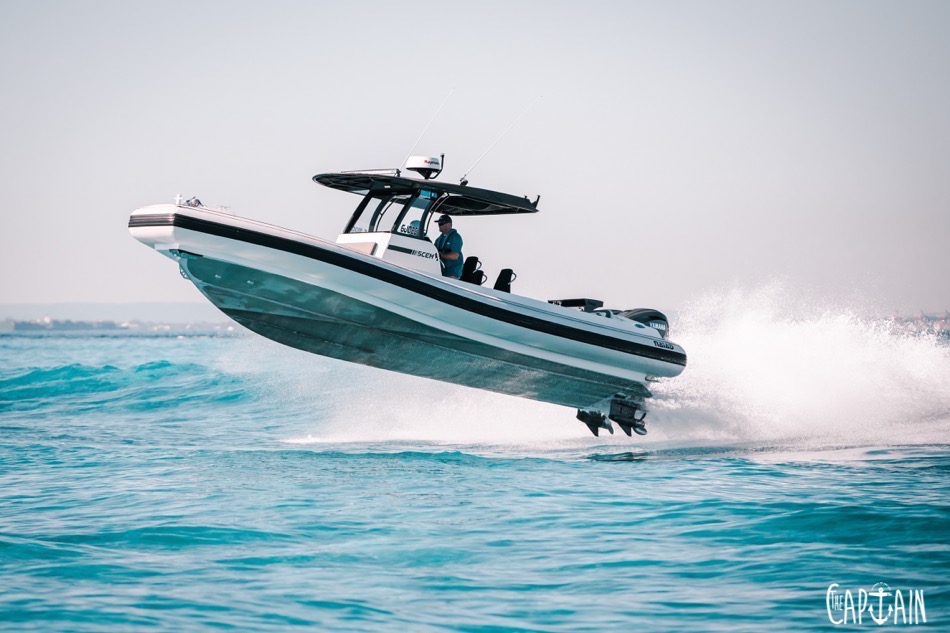


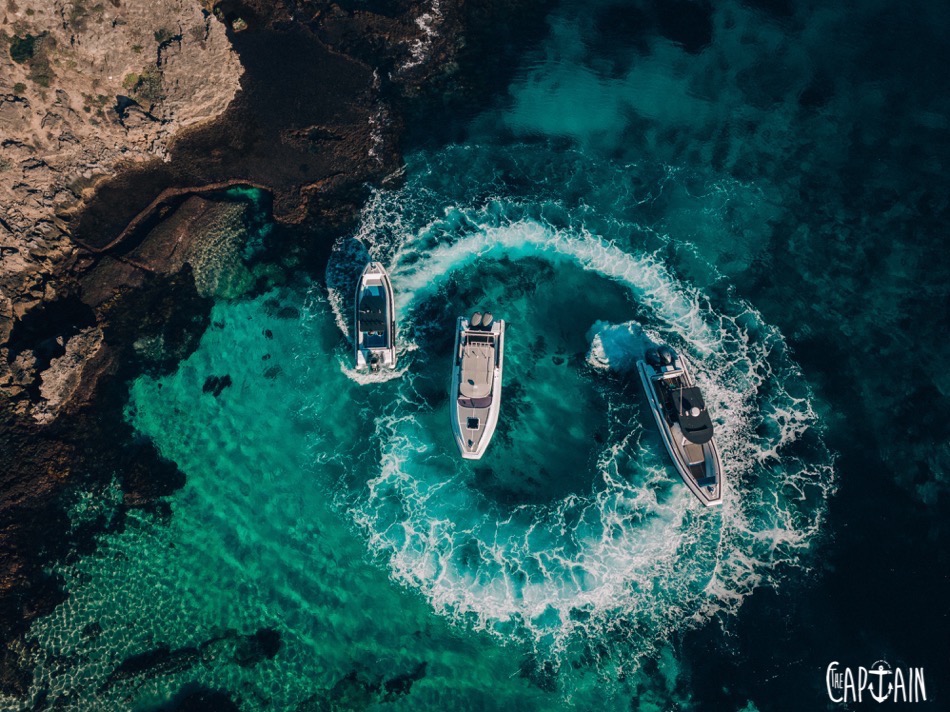


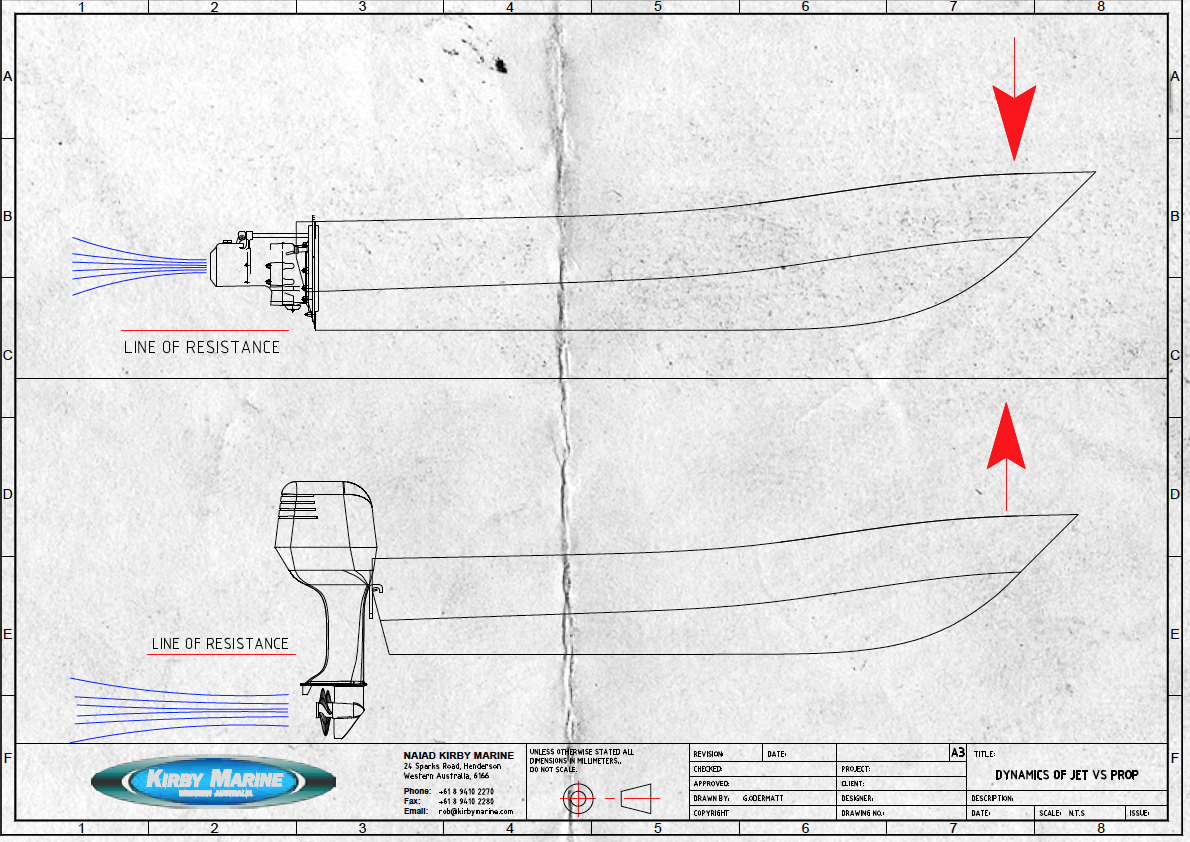
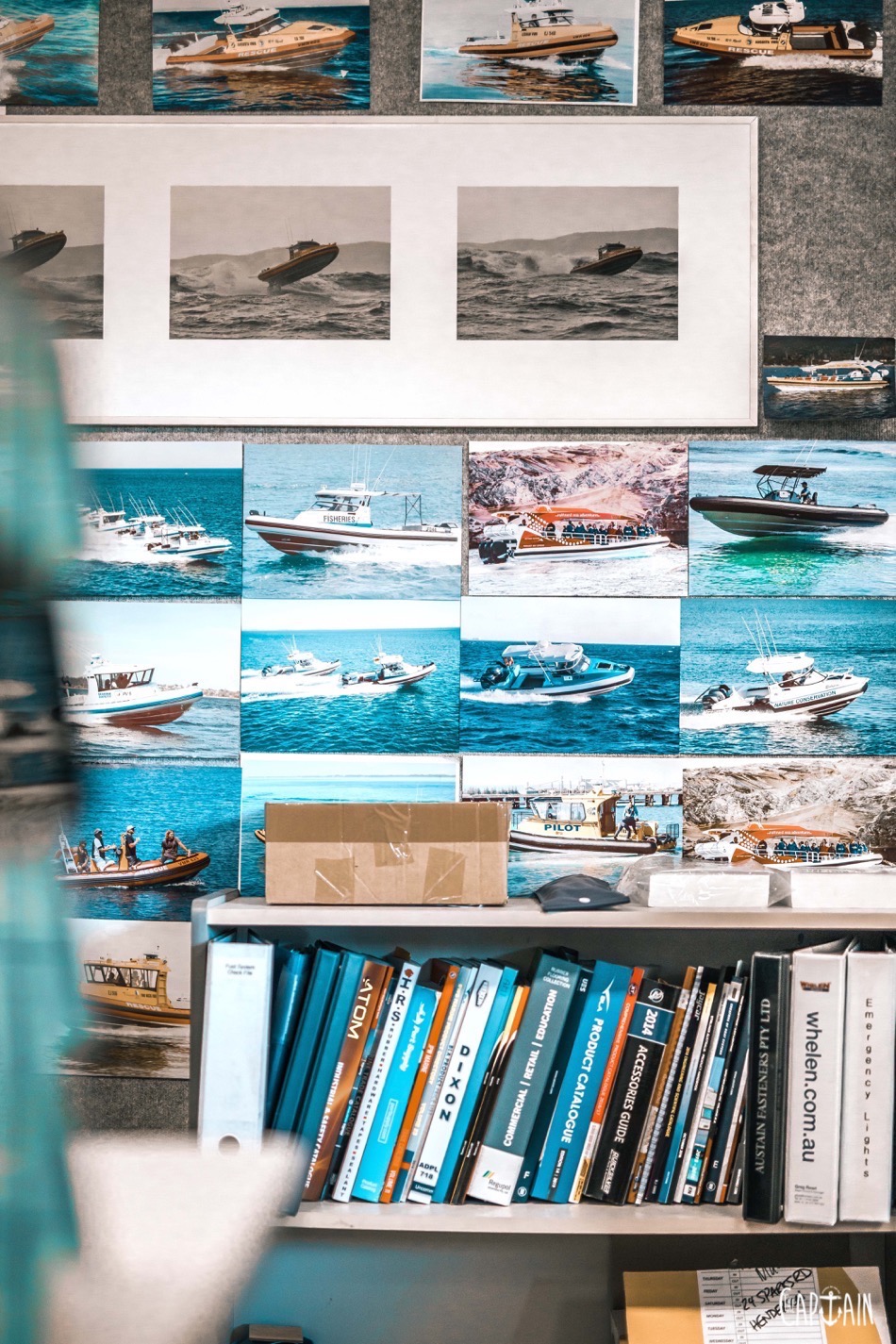
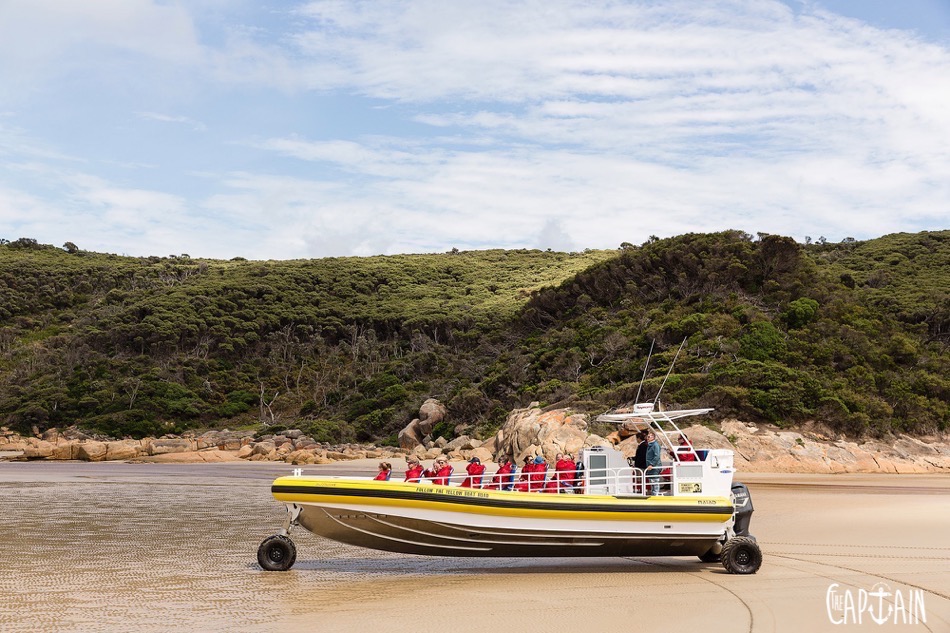
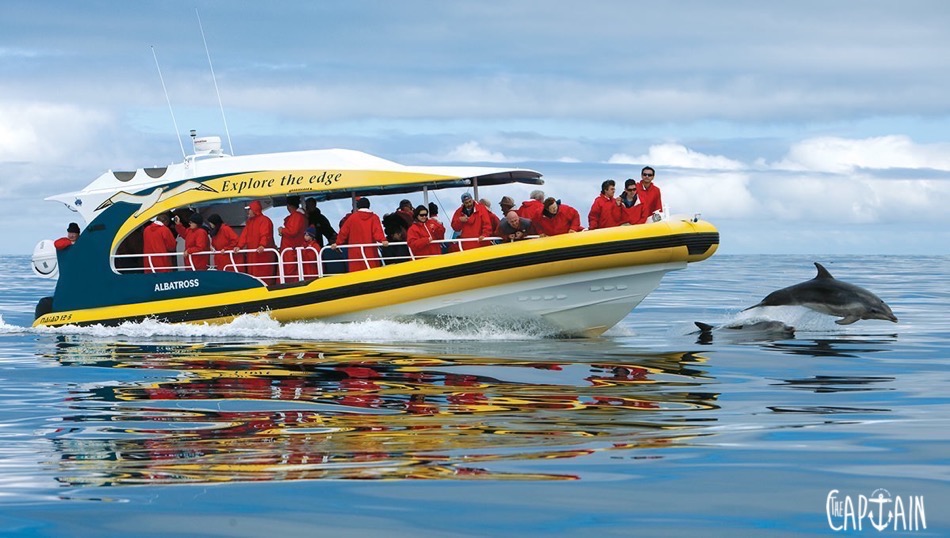
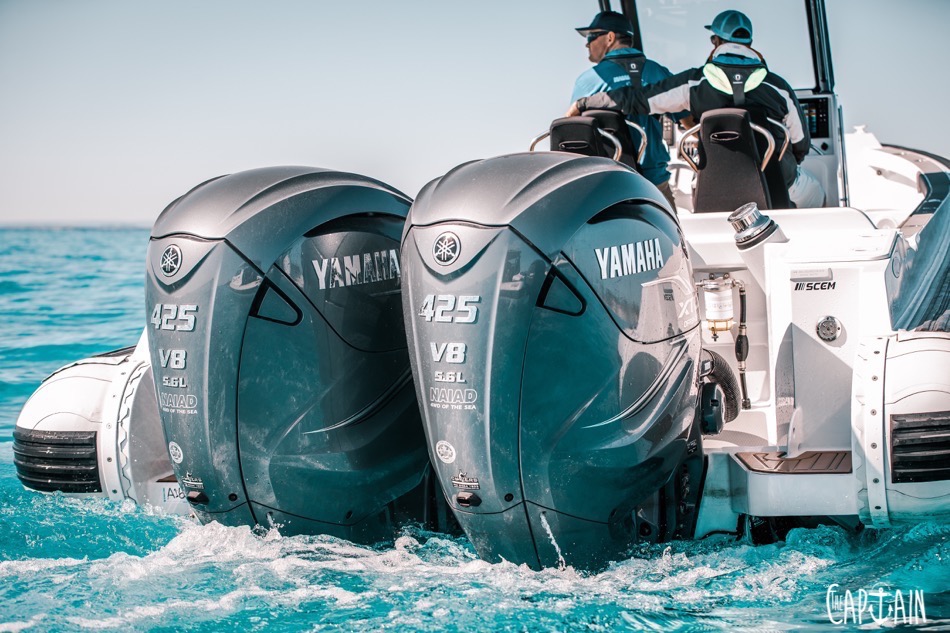
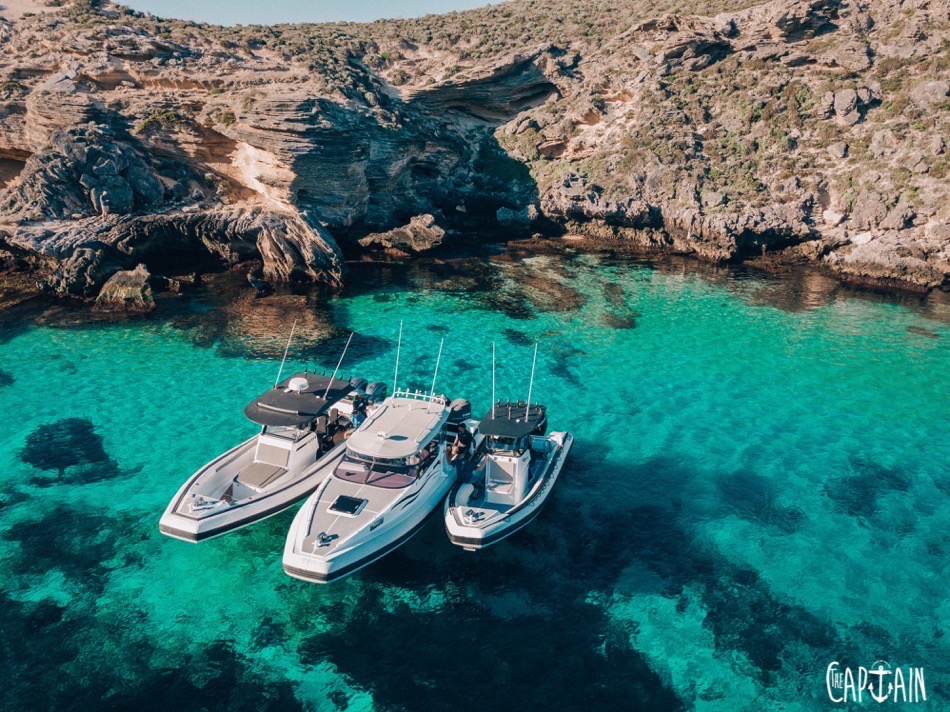

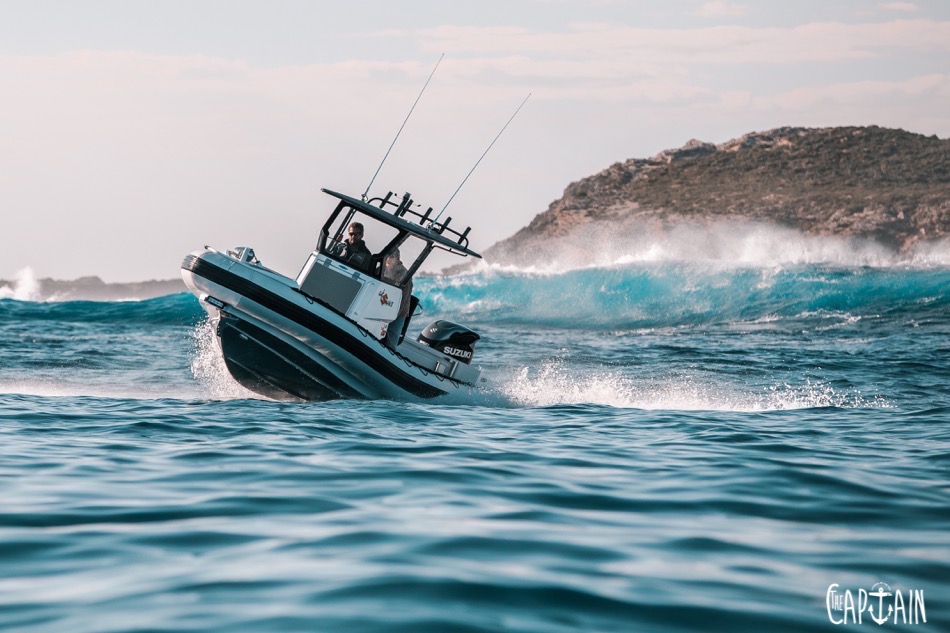

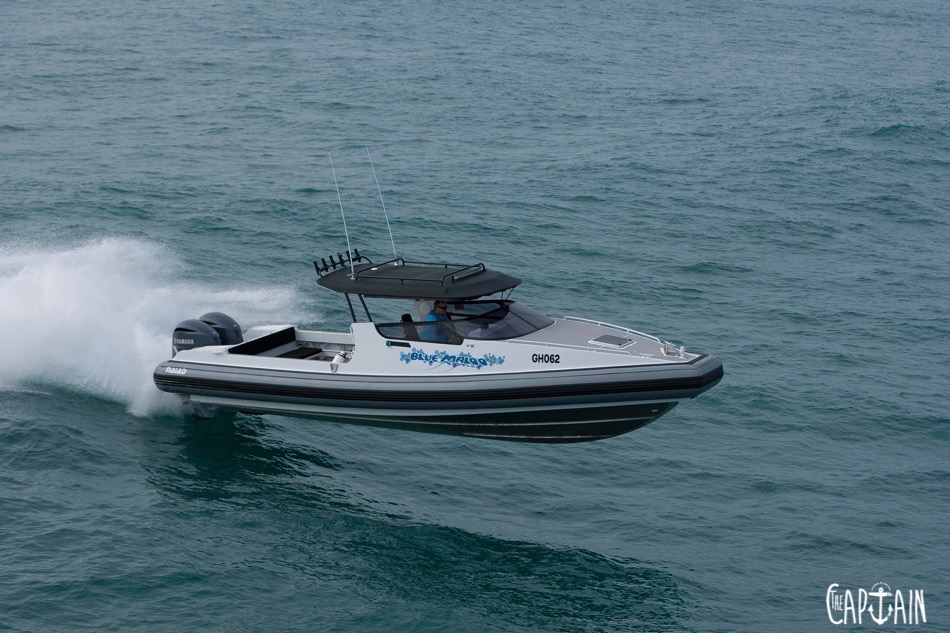

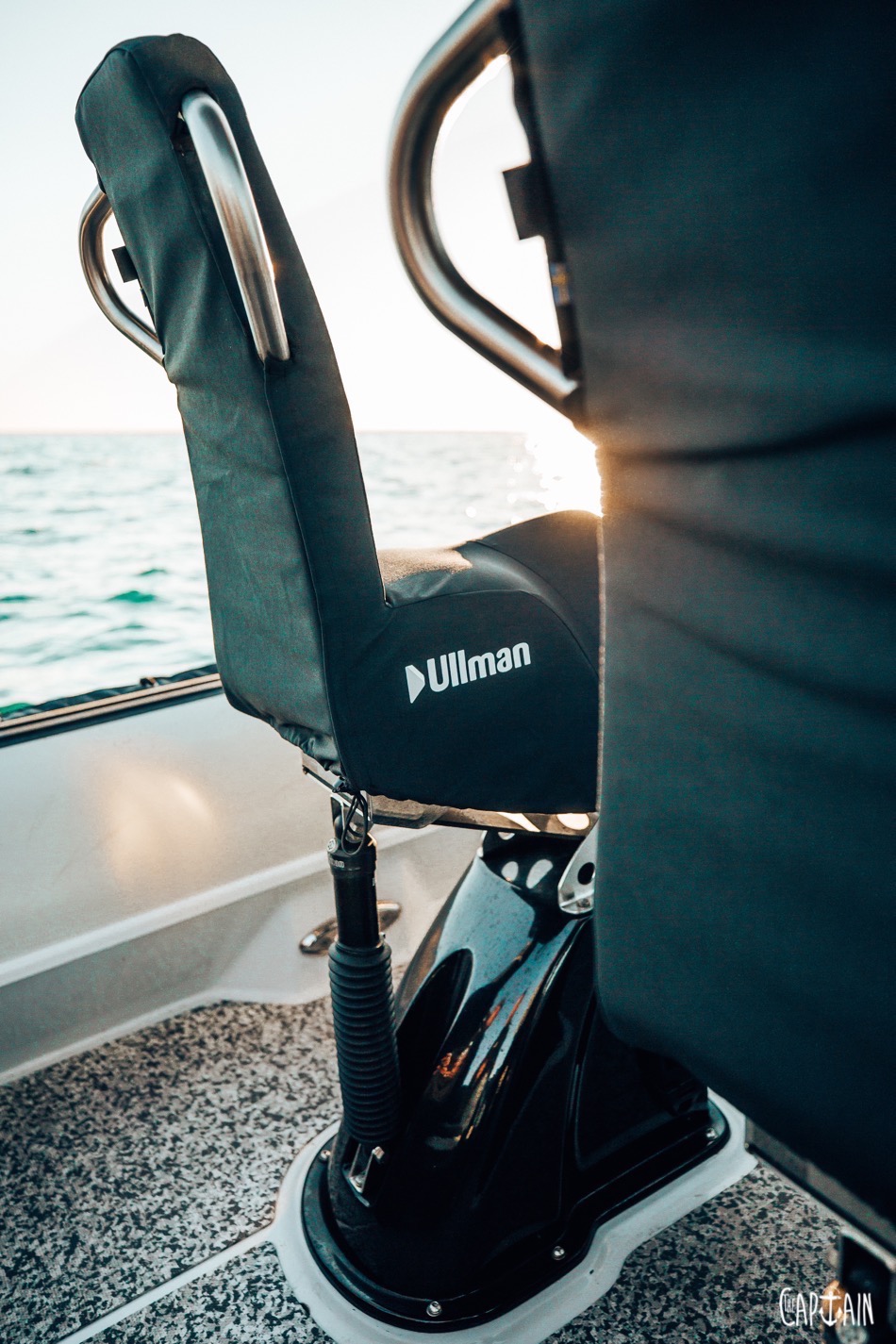
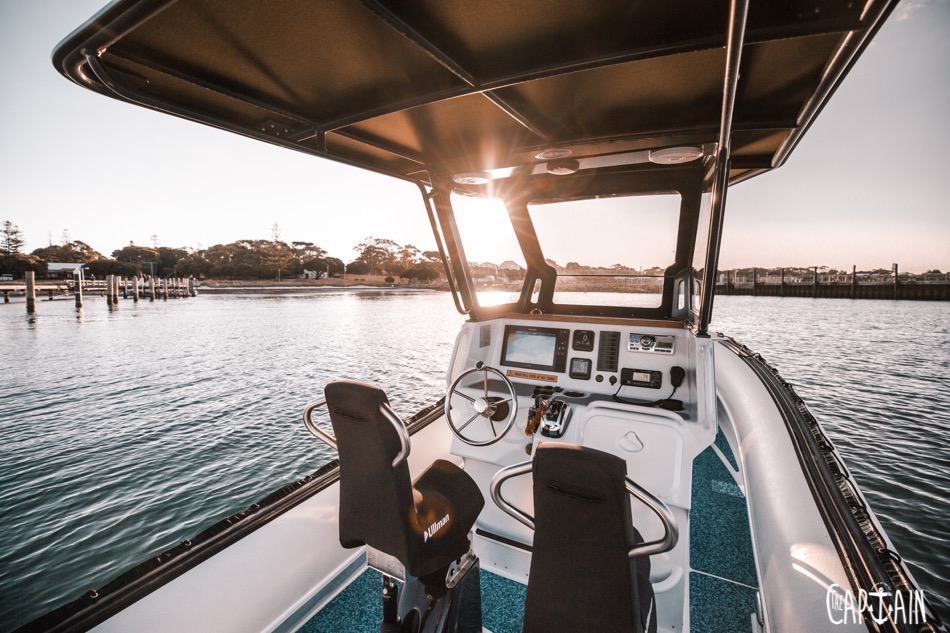
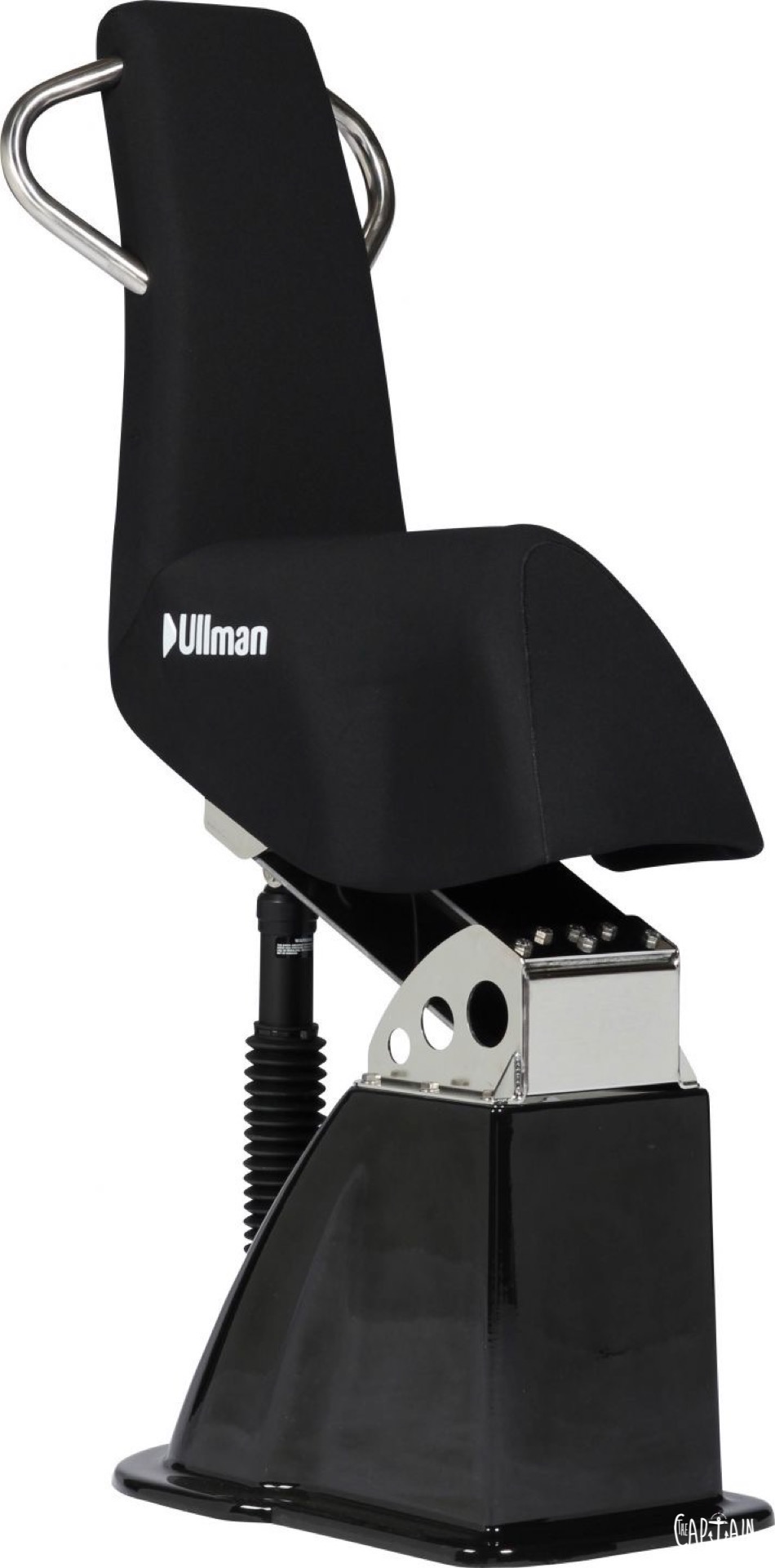
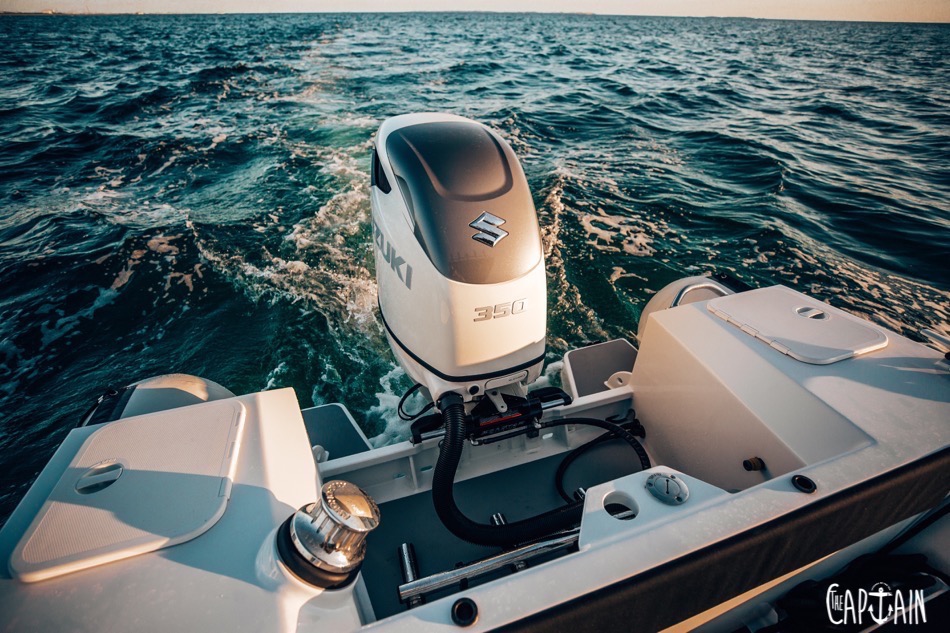
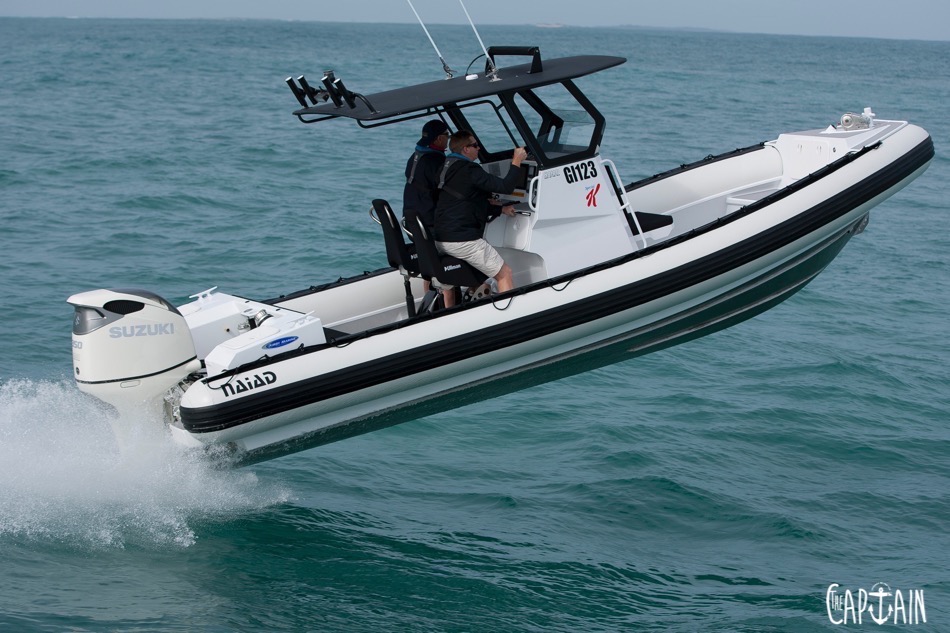

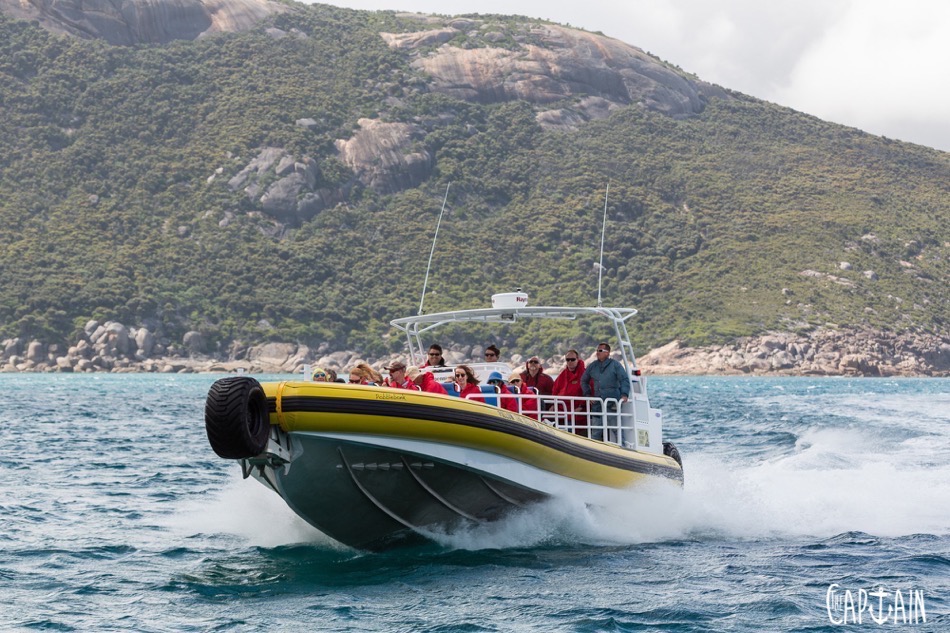
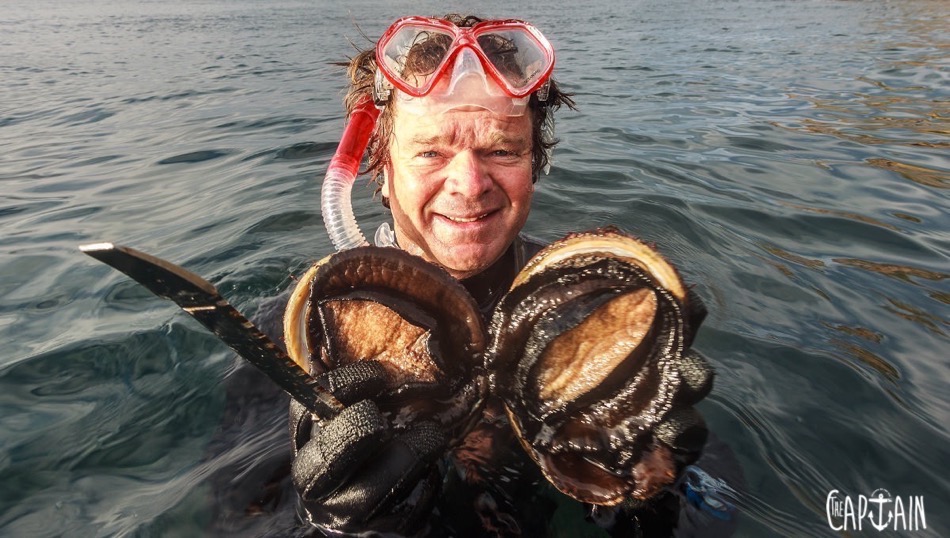
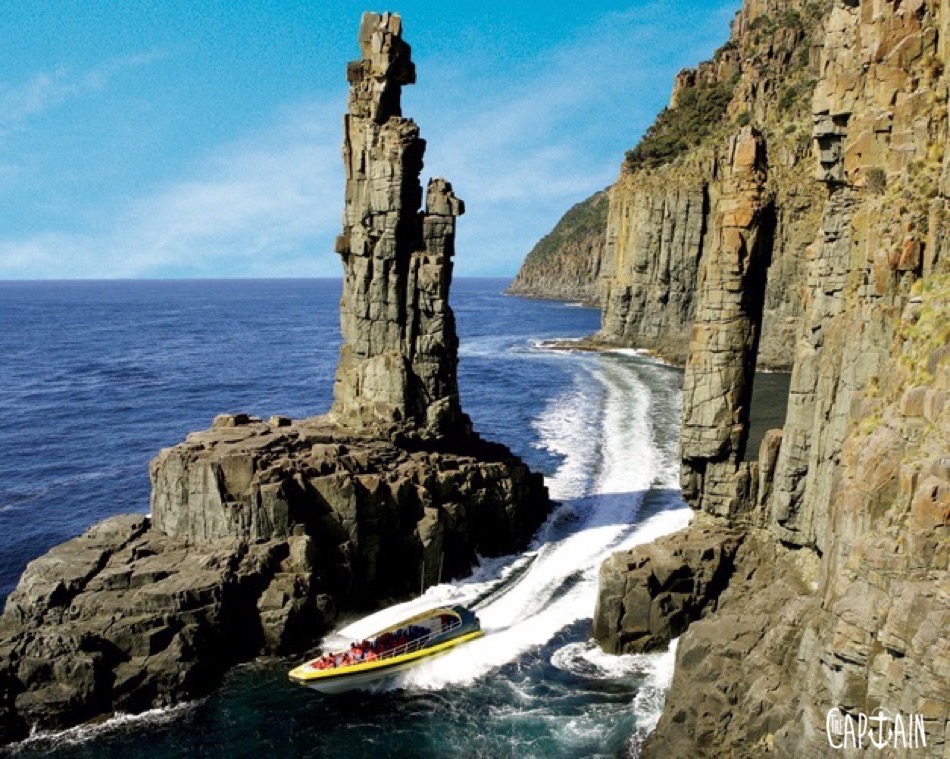
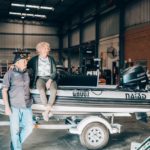
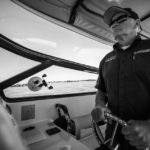
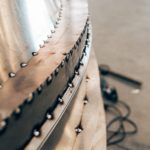
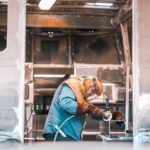
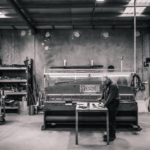
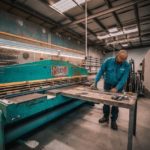
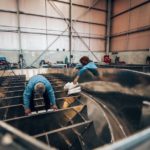
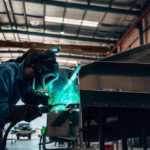
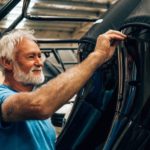
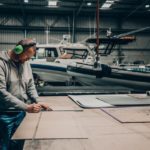
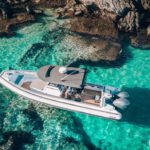
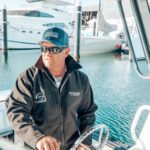
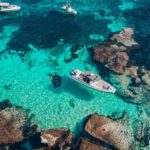
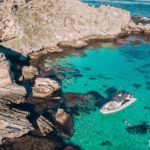
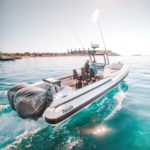
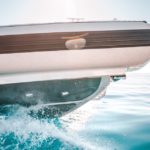
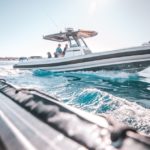
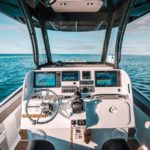
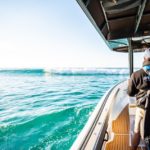
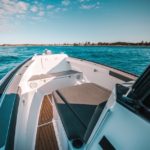
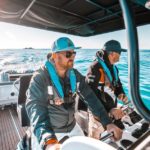
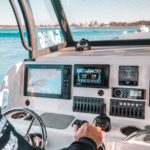
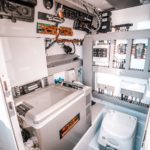
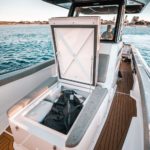
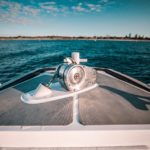
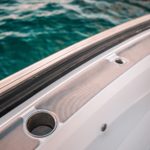
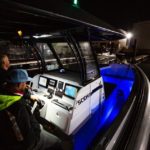
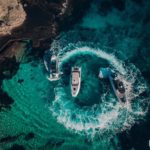
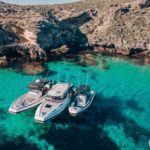
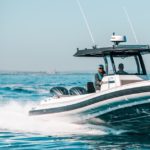
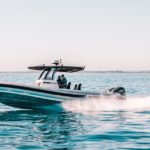
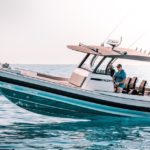
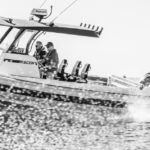
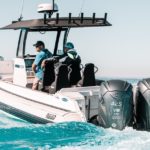
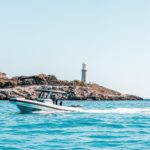
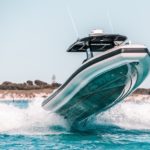
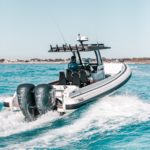
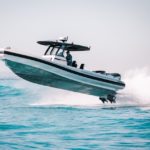
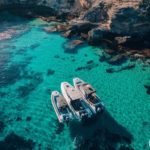
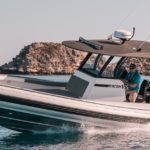
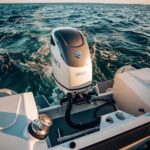
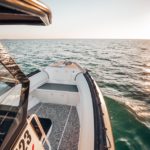
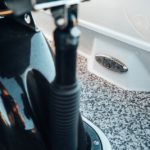
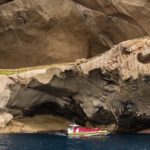
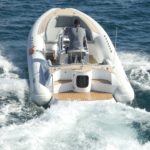
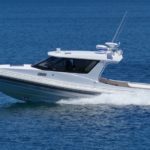
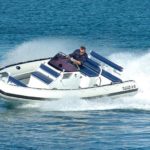
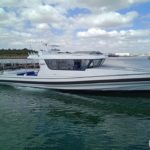
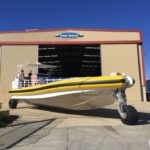
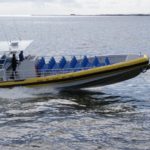
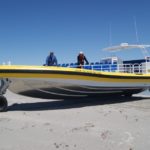
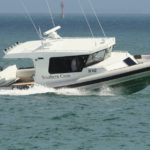
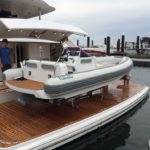
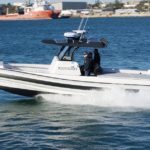
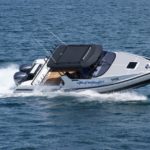
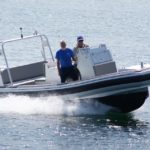
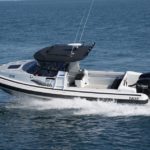
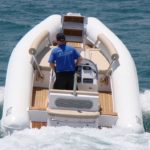
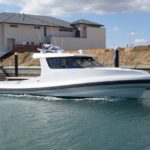
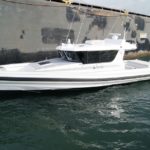
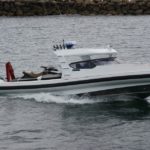
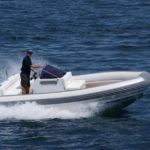
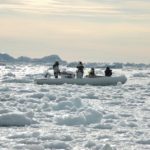
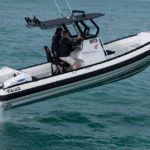
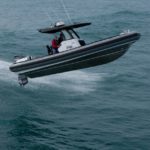
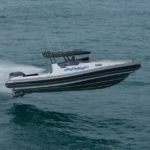
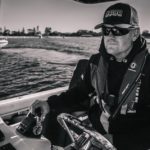
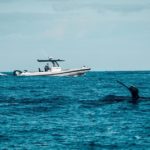
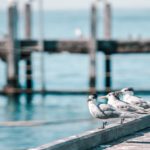
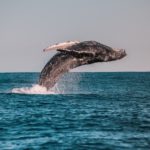

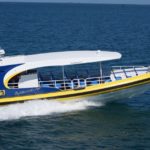
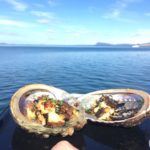
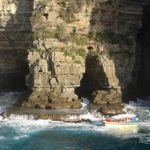
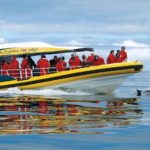
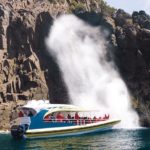
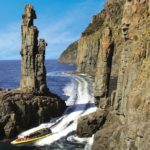
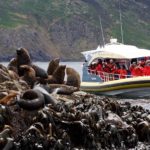
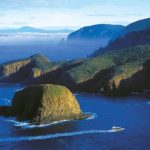
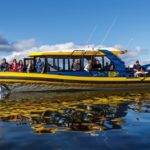
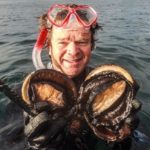
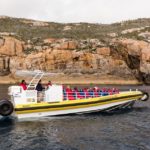
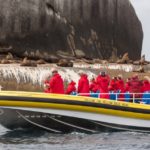
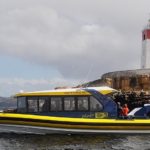
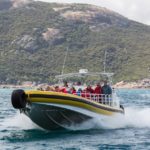
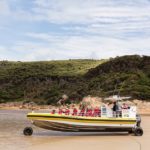
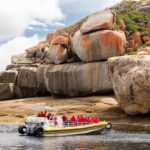
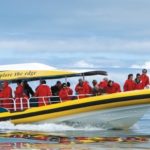
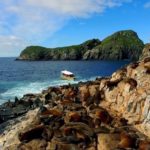
Recent Comments